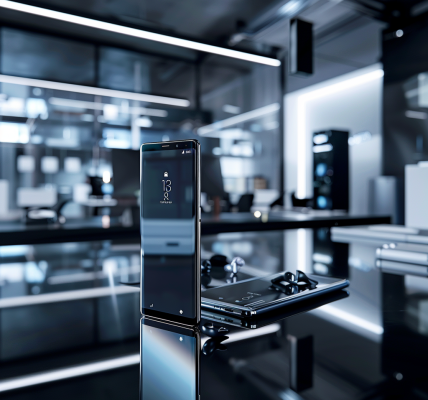Artemis astronauts should add a Zoom call for the ages to their schedule
Humans from Earth, according to the latest schedule, will walk on the moon again sometime in late 2026. While no one will be surprised if the date of the next moonwalk is moved farther into the future, it will be a world-inspiring event that will be as profound, in its way, as the very first moon landing, which took place on a summer night in 1969.
NASA has already laid out the broad outlines of what the two astronauts who land on the moon will do. They will check their spacecraft’s system, eat, sleep and refresh themselves for the week-long sojourn to come. Then, “During their moonwalks, the astronauts will take pictures and video, survey geology, retrieve samples, and collect other data to meet specific scientific objectives.”
NASA has already chosen three instruments that the astronauts will leave behind to study the moon long term. They include: the Lunar Environment Monitoring Station (LEMS), which monitors moonquakes and provides insights into the moon’s crust and mantle; the Lunar Effects on Agricultural Flora (LEAF), which will be, in effect, a lunar greenhouse that will track plant photosynthesis, growth, and systemic stress responses under the influence of space radiation and partial gravity, and the Lunar Dielectric Analyzer (LDA), which will assess lunar regolith’s capacity to create an electric field as well as help astronauts hunt for volatiles such as ice.
All of those things will add up to a magnificent week of scientific exploration on the moon’s surface, undertaken before the eyes of the world. However, the Artemis III moonwalkers should do one other thing, in keeping with the part of the Artemis mission statement that reads, “inspiration for a new generation of explorers: the Artemis Generation.” They should do something for young people, for whom the Apollo program is ancient history, who will be seeing with their own eyes people walking on the moon for the first time.
I propose that NASA and its Artemis partners create an event on the Artemis III timeline called “Ask the Artemis Astronauts” and make it available to elementary and secondary school students in all the nations that have signed the Artemis Accords.
NASA and the Artemis partners would create a contest inviting students to submit questions to the Artemis moonwalkers. An independent





